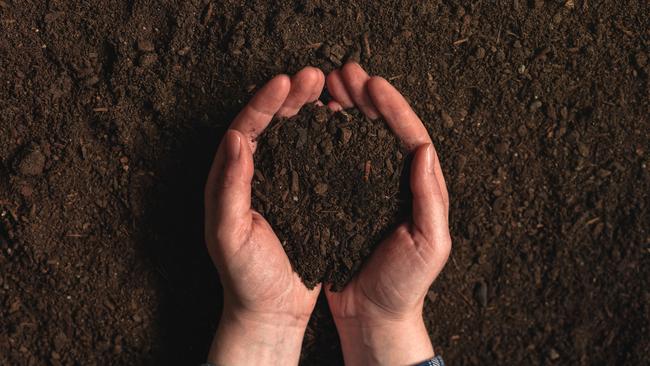Farmers will be paid to plant trees under Carbon+Diversity pilot
To reward the ag sector for increasing biodiversity while earning carbon credits, farmers will soon be paid to plant more trees on their properties. Find out if you’re eligible.

FARMERS will soon be paid to plant more trees on their properties, in a bid to reward the sector for increasing biodiversity on their farms while earning carbon credits.
The Carbon+Diversity pilot will launch in six regions nationally – one in each state – with farmers paid to plant mixed tree species in projects of between five and 200 hectares.
The $3.4 million project, designed by the Australian National University, will essentially be an extension of the Emissions Reductions Fund’s carbon farming scheme. Participating farmers will be able to gain credits for carbon abatement through the ERF, while also being paid for increasing biodiversity, through the ANU scheme.
“What we’ve designed is making this a commercial proposition to farmers so they can actually look at environmental planting as a commercial proposition that competes with their other alternative land uses,” ANU professor Andrew Macintosh said.
“This is the first time I know of in the world where a program has been trialled that provides two completely separate revenue streams for carbon and then also for biodiversity.”
The six pilot regions are: North Central Victoria, Central West NSW, SA’s Eyre Peninsula, North Tasmania, Queensland’s Burnett-Mary region, and WA’s South West.
Under the pilot, farmers would provide details of their planned planting projects, and they would then be offered a price they’ll be paid to follow through within six months.
Planting areas that include mature trees, near watercourses or provide good habitats for threatened species would earn a higher biodiversity benefit score.
The program is part of the Government’s wider $34 million Agricultural Stewardship Package, which, which will also include trading and certification schemes for biodiversity.
Agriculture Minister David Littleproud said carbon farming alone was “a blunt instrument” that didn’t take into account management of the landscape.
He predicted the sector could “basically put agriculture back to net zero emissions” if 16 per cent of the ag landscape eventually signed up to the scheme.
“This is an exciting prospect for Australian farmers to finally be rewarded for the stewardship of their land, reduce emissions and in fact, improve the productivity of their land and their outcomes,” he said.
Australian Conservation Foundation nature policy analyst James Trezise welcomed the initiative, and hoped it would lead to more widespread adoption of carbon abatement projects.
“Getting the program design right is critical to make sure projects provide genuine biodiversity outcomes over the long term,” he said.


